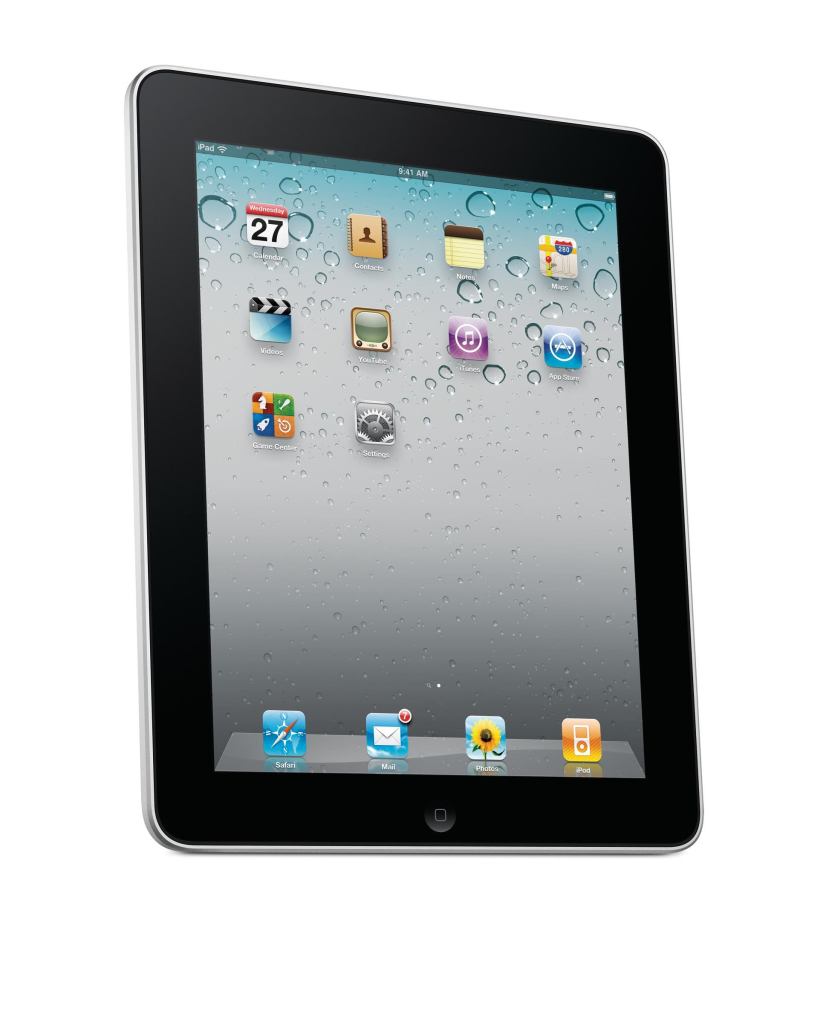Ask architects and engineers about using technology to do their jobs and you’ll get a range of answers based on training, temperament, age, and philosophy. Some take pride in being early adopters of the latest tools for design and the communication of ideas. Others, taking a more traditional tack, preach the fundamental necessity of being able to draw. But today’s hardware and software for the plugged-in designer, as the examples below demonstrate, is blurring those lines by incorporating old traditions, such as pen and paper, into the instantaneous communication that’s part and parcel of the modern business world.
Braulio Baptista, Zimmer Gunsul Frasca Architects
When he first ordered his iPad(3G, 32GB, $599), Braulio Baptista, a partner at Zimmer Gunsul Frasca Architects (ZGF) in Portland, Ore., was motivated by entertainment: watching Netflix movies and reading magazines such as The New Yorker or Edition29.* “I was surprised to find out, however, that with some specific apps I can stay productive when I’m away without having to carry around my bulky PC laptop,” Baptista says.
He uses Autodesk’s SketchBook Pro to draw and AutoCAD WS for viewing drawings. “Most of what I do on the iPad is review and critique,” Baptista says, adding that the iPad’s 9.7-inch screen offers “a fair amount of real estate” with which to work. “While I’m on the road,” he continues, “I can review drawings and other in-progress work such as renderings and diagrams. Then I can send the drawings back with comments and mark-ups. It was like having to relearn how to finger paint.”Baptista says the iPad’s portability means he carries it to more places than he would a laptop, allowing him to increasingly overlap work and leisure. “I also have a PDF library with ZGF’s portfolios by building type so that I can use it as a marketing and presentation tool,” Baptista adds. And not only is the iPad lighter than his laptop, but it relieves the need to pack heavy, space-consuming magazines and books when traveling.
Alberto Cavallero, KlingStubbins
For Washington, D.C.based Alberto Cavallero, AIA, a principal at KlingStubbins, the hardware of choice is even cheaper. “I find the most challenging thing about architecture is to translate concepts into reality,” Cavallero says. “It’s about connecting the mind with the hand. We have these very sophisticated design tools, and it’s easy to use them when the project is developed and really cooked. But those happen at the end, and they’re the tip of the iceberg based on messier decisions that get made in other ways. The most challenging aspect is how you can communicate in a way that has to be both spatial and very quick. Sometimes BIM and drafting tools are too cumbersome for that.”
Cavallero thus finds the Wacom Bamboo Funtablet ($199), connected to his HP laptop, to be an essential tool. “It’s a way of sketching into your computer, a way of capturing a very quick, mercurial thought,” he notes. “You’ll always see the best architects talking and drawing at the same time. … It crystallizes a moment of thought that is lost otherwise. With this, I can have a video conference call and actually be sketching very loosely on the screen. In the past, the inevitable thing was [that] you’d end up saying, ‘That’s a good idea, but somebody will have to sketch it out. I’ll have it for you tomorrow.’ This lets you do it on the screen right away.”Compared with the iPad, Cavallero finds drawing on the Wacom tablet much more precise. “It feels like sketching on paper,” he says. “And you can use it in pretty complex programs,” including Adobe Photoshop. If you have the Corel Painter software, Cavallero adds, “you can even sketch right into a Word or PowerPoint document or an e-mail.” There’s another, more rudimentary new-old hybrid tool that the architect finds equally effective. “It’s a little cheeky,” Cavallero says with a laugh, “but my mechanical pencil with a sketchpad and a digital camera to record it” is often the quickest way to work.
Bungane Mehlomakulu, IBE Consulting Engineers
IBE Consulting Engineers principal Bungane Mehlomakulu, whose Los Angeles–based firm has collaborated with Pritzker Prize–winning designers Frank Gehry, FAIA, and Thom Mayne, FAIA, as well as the sustainability-focused Will Bruder, AIA, says his choice is an iPhone app that makes his job a little bit easier: the HVAC Toolkit($23.99), by Carmel Software Corp.
“I use it throughout the design process,” Mehlomakulu says, “though it probably gets used more through design development and less when we’re preparing construction documents.” What all can it do? It gets “pretty technical pretty quick,” he says, “but, basically, it can help with duct sizing, air characteristics”—also known as psychrometrics—“pipe sizing, steam properties, and very basic load calculations.”HVAC Toolkit (which now comes in an expanded, “Ultimate” form as well, for $49.99), “was one of the first apps I saw,” Mehlomakulu says. “Checking today, there are more and more.” Which points up a basic truth for those who have tethered their design and business habits to the plugged-in world: Don’t expect your choices to get any simpler.
*Correction, Feb. 22, 2010: As originally published, this article incorectly stated that Zimmer Gunsul Frasca architect Braulio is a member of the AIA. We regret the error.
